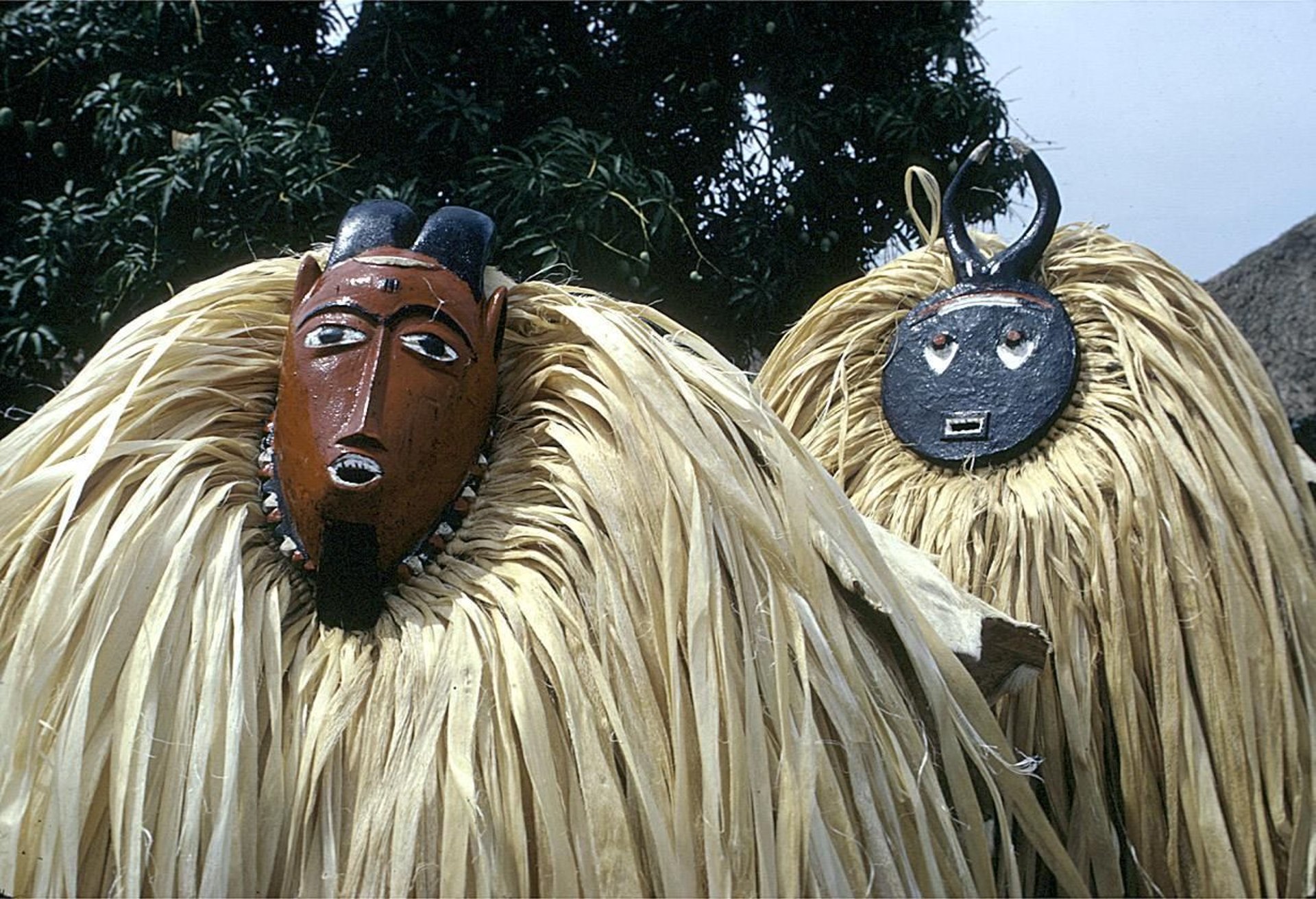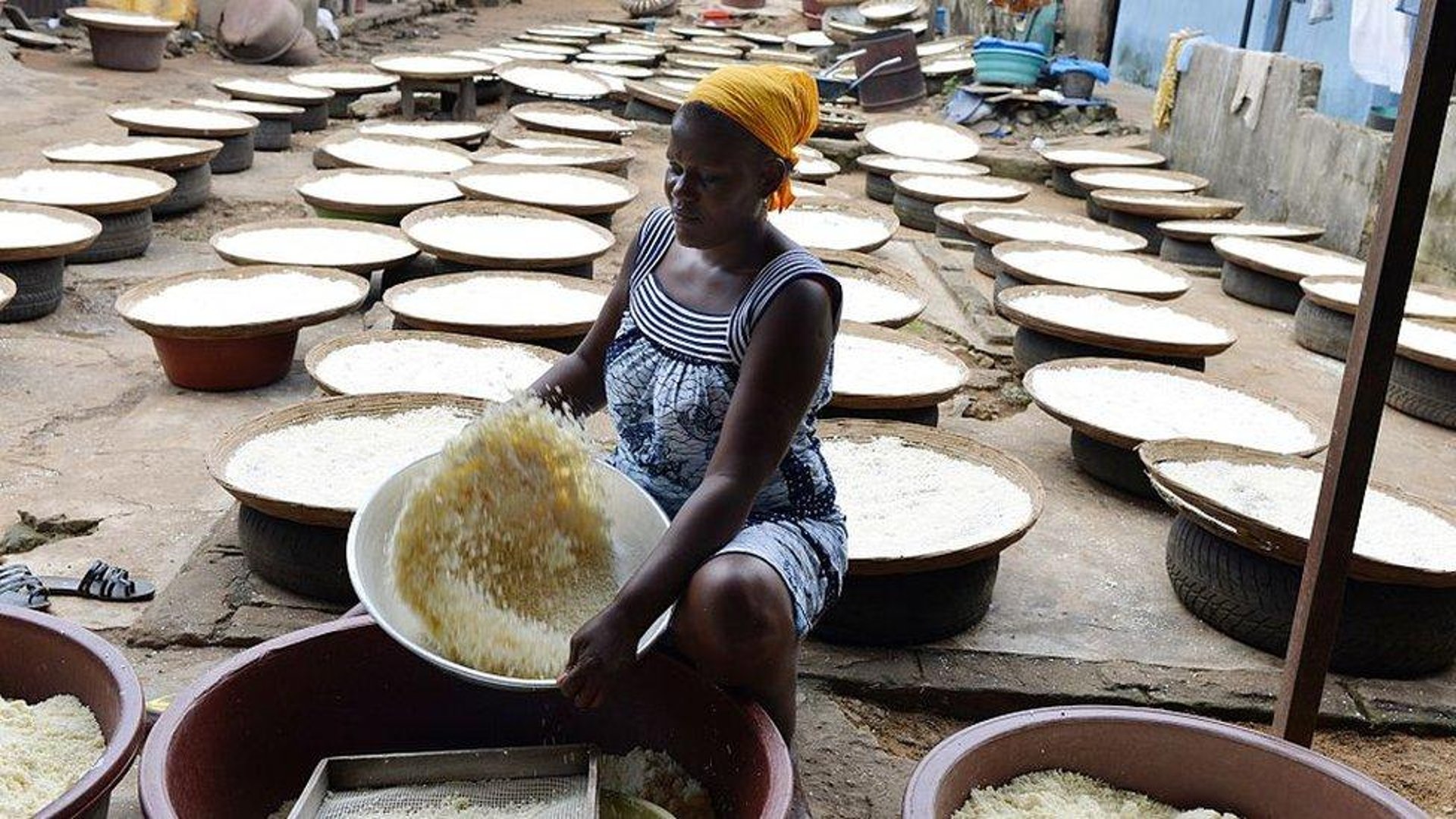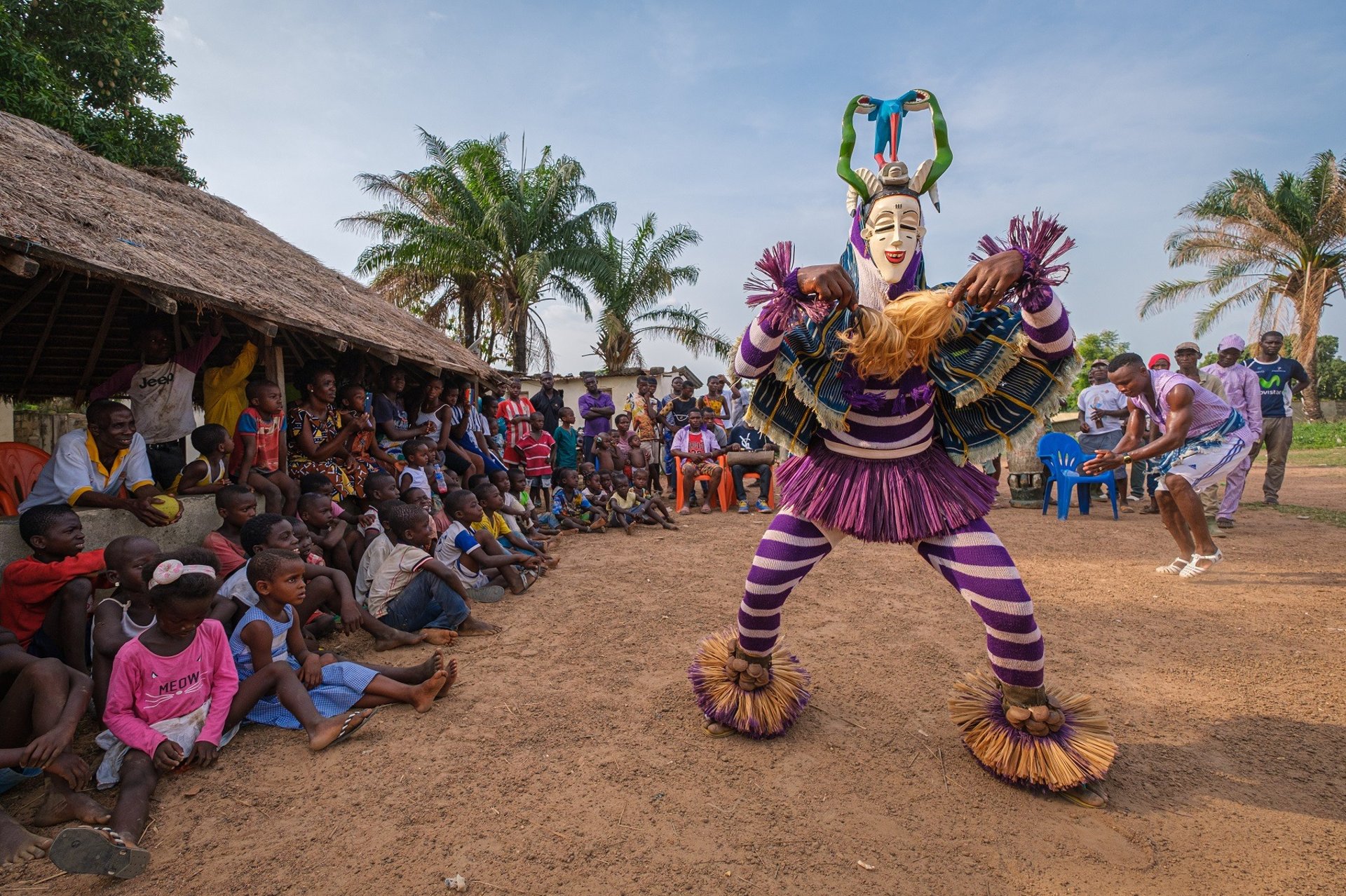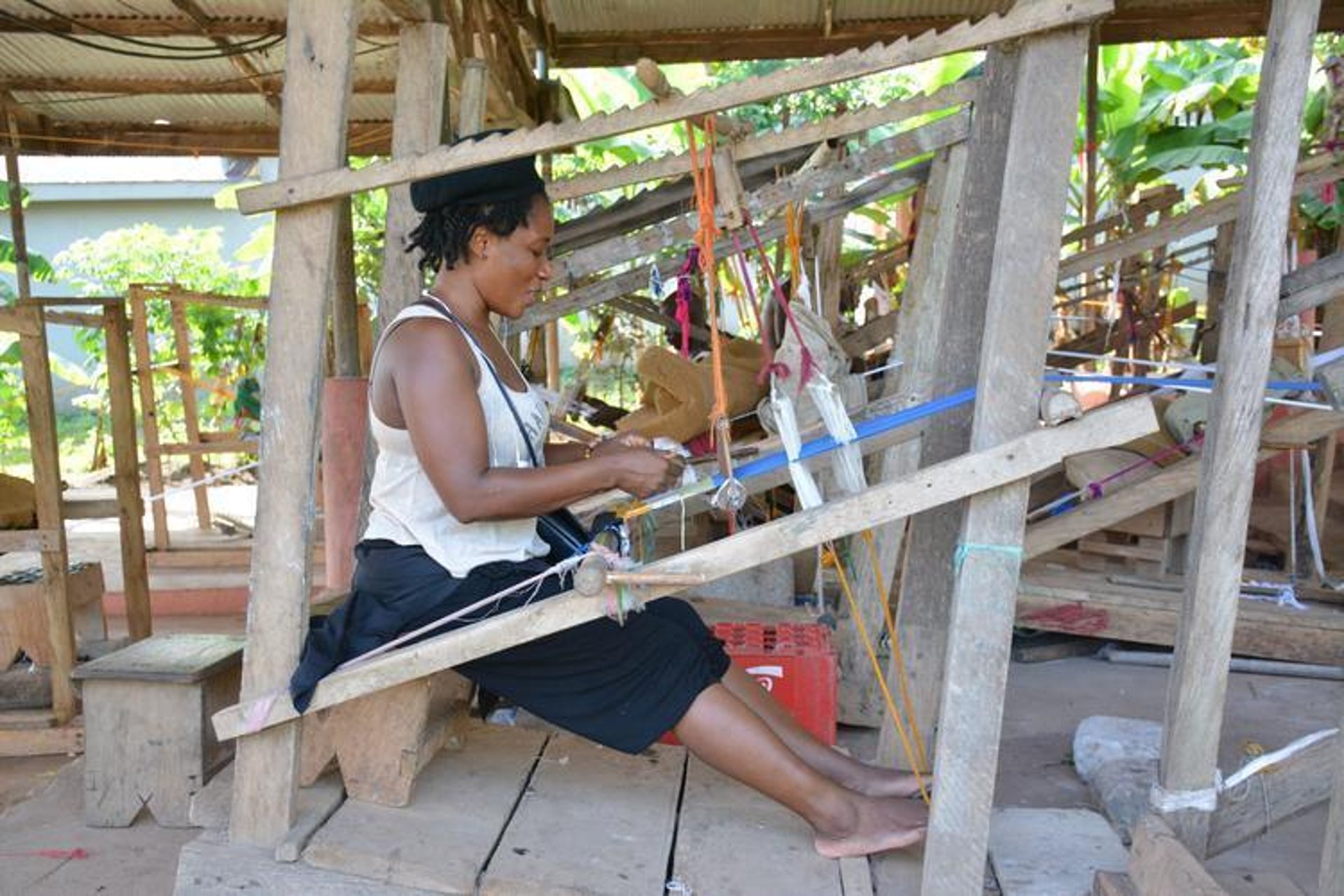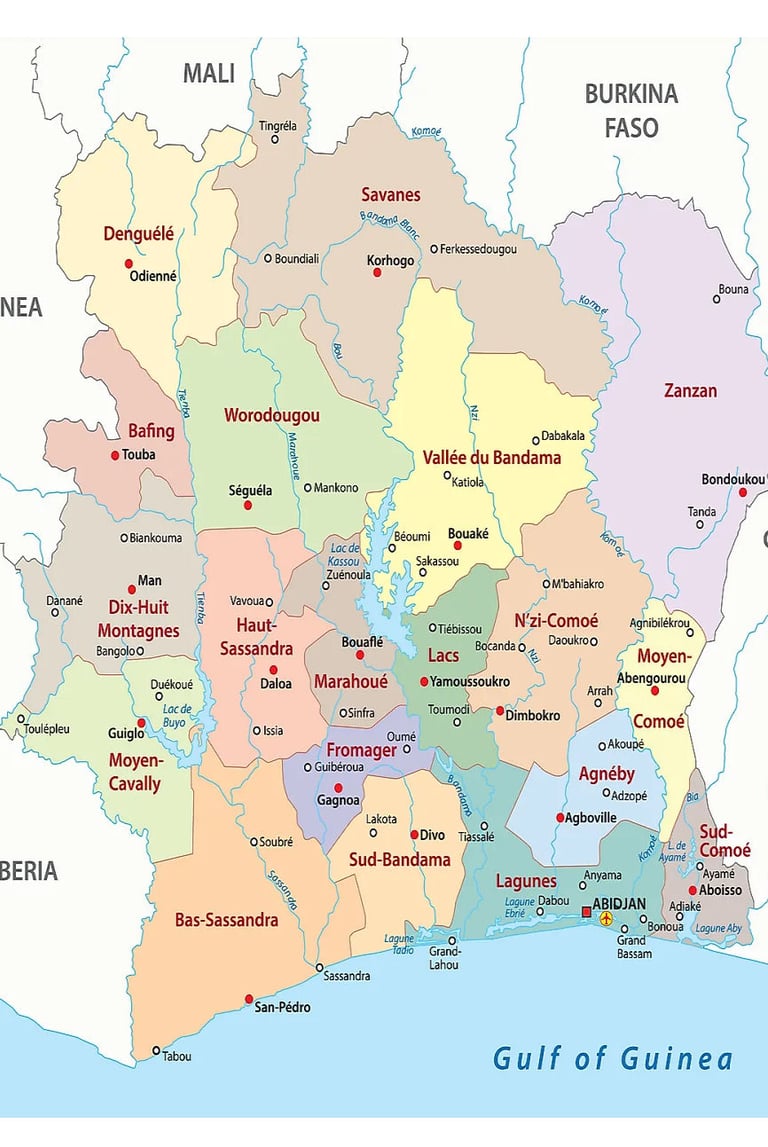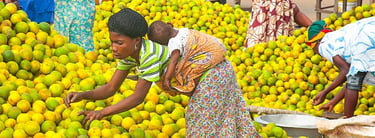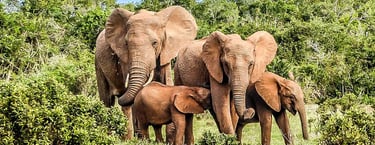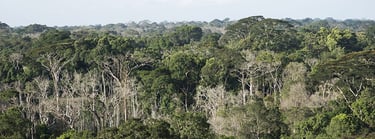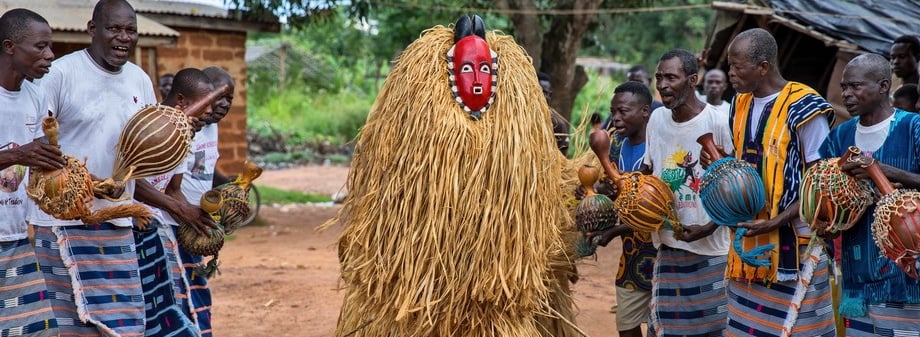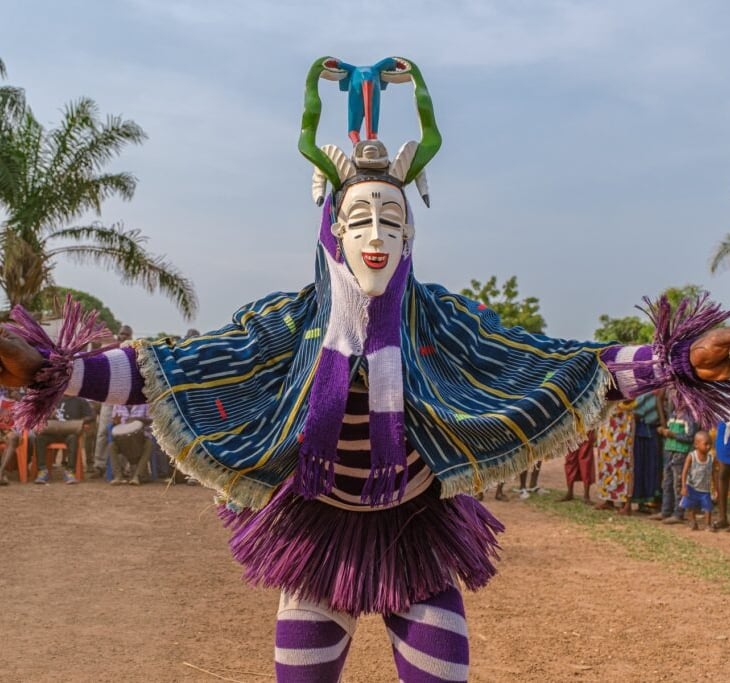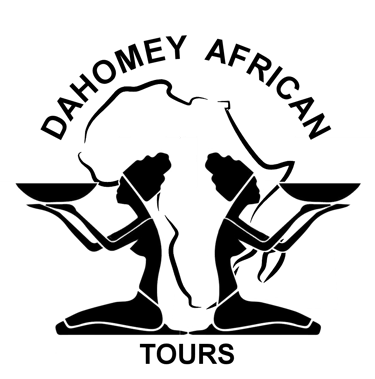Welcome to the Land of Culture (Akwaba)
Exploring Ivory Coast With West Africa's Leading Tour Company
Ivory Coast, officially known as Côte d'Ivoire, is a vibrant country in West Africa, bordered by Guinea and Liberia to the west, Ghana to the east, Burkina Faso and Mali to the north, and the Gulf of Guinea to the south. Rich in history and culture, Côte d'Ivoire is home to beautiful landscapes, from its bustling coastal cities to lush forests and rolling savannahs.
The country is dotted with significant historical landmarks, including the Fortifications of San Pedro, built during the colonial era, and the St. Peter's Cathedral in Abidjan, one of the largest churches in Africa. Côte d'Ivoire is also known for its rich cultural heritage, exemplified by the Goli masquerade, a dramatic and colorful dance performed by the Gueré people of the west. This fascinating ritual, celebrated with vibrant masks and energetic performances, plays a key role in the country’s traditional festivals and is a symbol of unity and strength.
For nature lovers, Taï National Park, a UNESCO World Heritage Site, is one of West Africa's last remaining rainforests, home to rare species like the West African chimpanzee. Comoé National Park, another UNESCO-listed site, offers spectacular wildlife viewing, including elephants, buffaloes, and various bird species.
The Assinie-Mafia Coast offers serene beaches and vibrant fishing communities, while the Mount Nimba range provides excellent hiking opportunities with sweeping views. Visitors can also explore the Haut-Sassandra region, known for its stunning waterfalls and lush terrain, including the Mopérie Falls, which cascades over dramatic cliffs.
Côte d'Ivoire is a country where history, nature, and culture merge to offer an unforgettable experience for any traveler.
Ivory Coast enjoys a tropical climate, characterized by two main seasons: the rainy season and the dry season. The rainy season typically runs from May to October, with the heaviest rainfall occurring in the southern regions, including Abidjan and the coastal areas. The dry season, from November to April, is marked by warm temperatures and lower humidity.
The northern parts of the country, closer to the Sahel, experience a more pronounced dry season, with occasional harmattan winds and dry, dusty winds from the Sahara, blowing from December to March. These winds can lower humidity levels, causing hotter days and cooler nights in the northern regions.
Average daily temperatures generally range from 28°C to 34°C (82°F to 93°F) during the day, with cooler nights averaging around 22°C to 24°C (72°F to 75°F). The relative humidity in most areas typically varies between 75% and 85%.
Rainfall varies across the country, with the south receiving an annual average of 1,500 to 2,000 millimeters (59 to 79 inches), while the north sees much lower rainfall, averaging around 800 millimeters (31 inches) per year. The coastal regions benefit from a relatively mild tropical climate due to the influence of the Atlantic Ocean, making it an ideal destination for visitors year-round.
Ivory Coast’s vegetation is characterized by three main zones: the Guinea Savannah in the north, the tropical rainforests in the central region, and the coastal savannah along the Atlantic coast. The combination of abundant sunshine, frequent rainfall, and fertile soil creates a rich and diverse ecosystem.
This lush vegetation has allowed Ivory Coast to develop and conserve several national parks and protected areas, fostering thriving wildlife populations. From the dense forests of Taï National Park to the savannahs of Comoé National Park, these areas offer incredible opportunities for wildlife viewing, showcasing the country’s commitment to preserving its natural heritage.
Ivory Coast is home to a network of protected areas, carefully managed by the Ministry of Water and Forests, covering a significant portion of the country's land area. These parks and reserves play a vital role in preserving the country's rich biodiversity and natural heritage. Some of the key protected areas include Taï National Park, a UNESCO World Heritage site known for its rainforests and rare species, Comoé National Park, one of West Africa’s largest wildlife reserves, and Mount Nimba with its unique biodiversity.
Other important reserves include Haut-Sassandra, Marahoué, and Sassandra-Marahoué National Parks, which offer diverse ecosystems ranging from tropical forests to savannahs, providing sanctuary to a variety of wildlife, including elephants, buffalo, and numerous bird species.
Ivory Coast is also committed to conserving its coastal areas, with several wetland regions designated under the Ramsar Convention, such as the Ebrie Lagoon and the Sassandra River Delta, which provide crucial habitats for migratory birds and other wildlife. Additionally, the country is actively involved in maintaining zoological gardens and wildlife sanctuaries, contributing to conservation efforts and eco-tourism development.
As of 2023, Ivory Coast has a population of approximately 26 million people, according to the latest data from the United Nations. The country is a melting pot of more than 60 ethnic groups, each with its unique traditions and customs. These diverse communities speak around 70 languages and dialects, with Dioula, Baoulé, Bété, Wolof, and Senoufo being some of the most widely spoken. French, the official language, serves as a unifying medium of communication across the country.
Ivory Coast is renowned for the warmth and hospitality of its people, making it one of the friendliest countries in West Africa. The Ivorian people are known for their kindness, openness, and eagerness to share their rich culture. Proud of their diverse heritage, Ivorians love welcoming visitors and inviting them to experience their traditions, cuisine, and way of life, fostering an atmosphere of inclusivity and warmth.
Ivory Coast, formerly known as the Ivory Coast Colony, was named for its abundant ivory resources, which were highly prized by European traders. The country gained its independence from French colonial rule on August 7, 1960, and was subsequently renamed Côte d'Ivoire, a name reflecting its history as a key center of the ivory trade.
Historically, the territory was home to a number of powerful kingdoms, including the Baoulé and Sanwi peoples. The arrival of European traders, beginning with the Portuguese in the 15th century, marked the start of the ivory, gold, and slave trade, which lasted several centuries. The French began their colonization in the late 19th century, establishing a formal protectorate in 1843, and later integrating it into French West Africa in 1893.
Côte d'Ivoire's position along the coast made it a vital link in European maritime trade routes across the Atlantic, while the Kingdom of Sanwi and other local kingdoms played crucial roles in the region's political and social structure. It was not until the mid-20th century that Côte d'Ivoire began to develop as the modern state we know today, with its independence marking the end of colonial rule and the beginning of a new era for the Ivorian people.
Customise your Benin, Togo, Ghana, Senegal & Ivory Coast Tours
For more details including itineraries and prices, please message or contact us below using the Book a Tour now form
